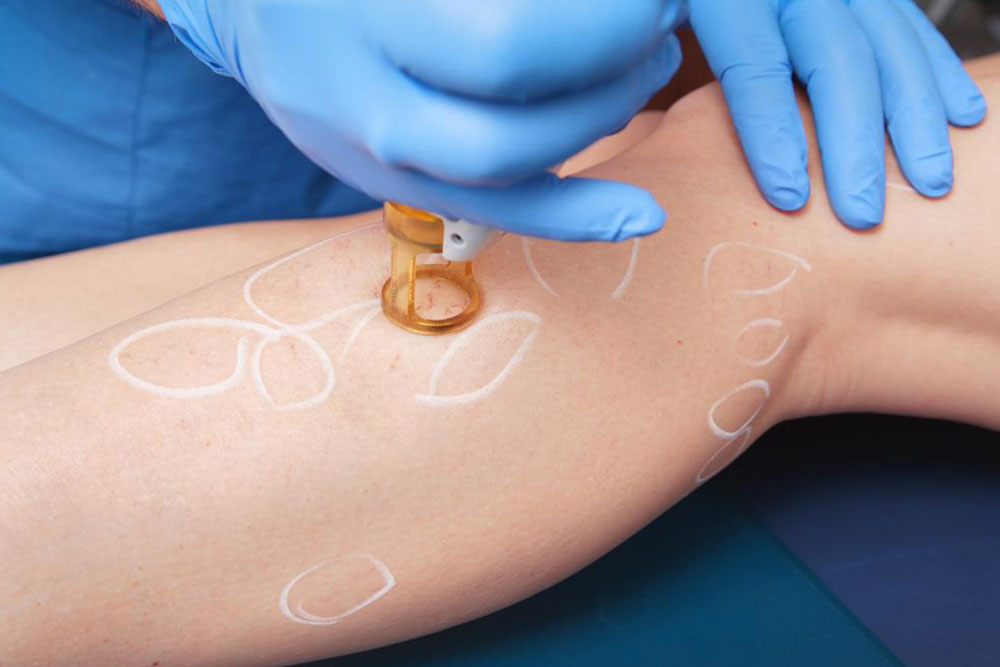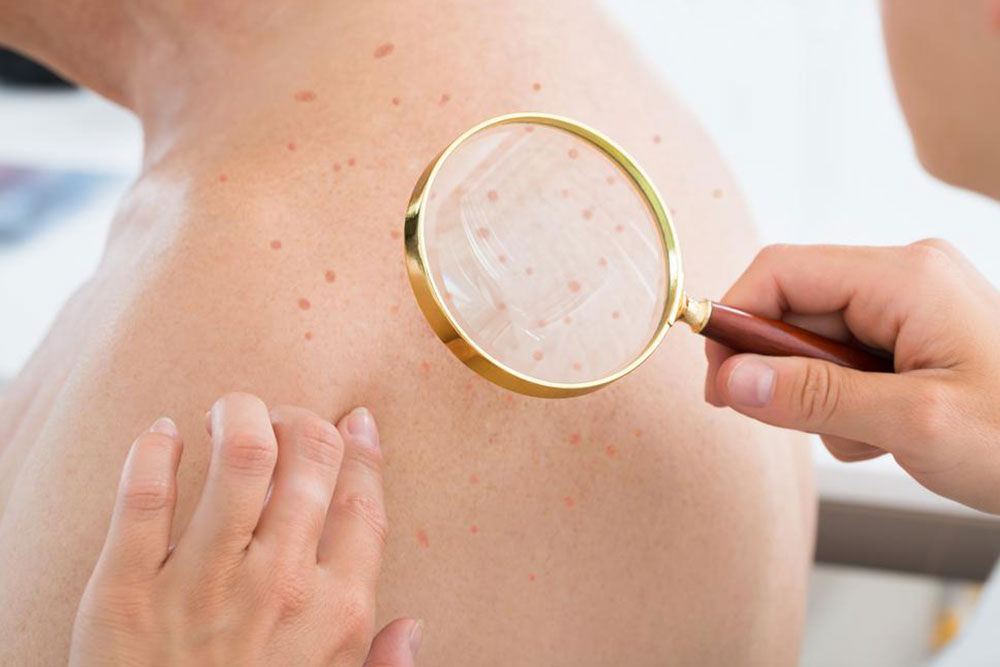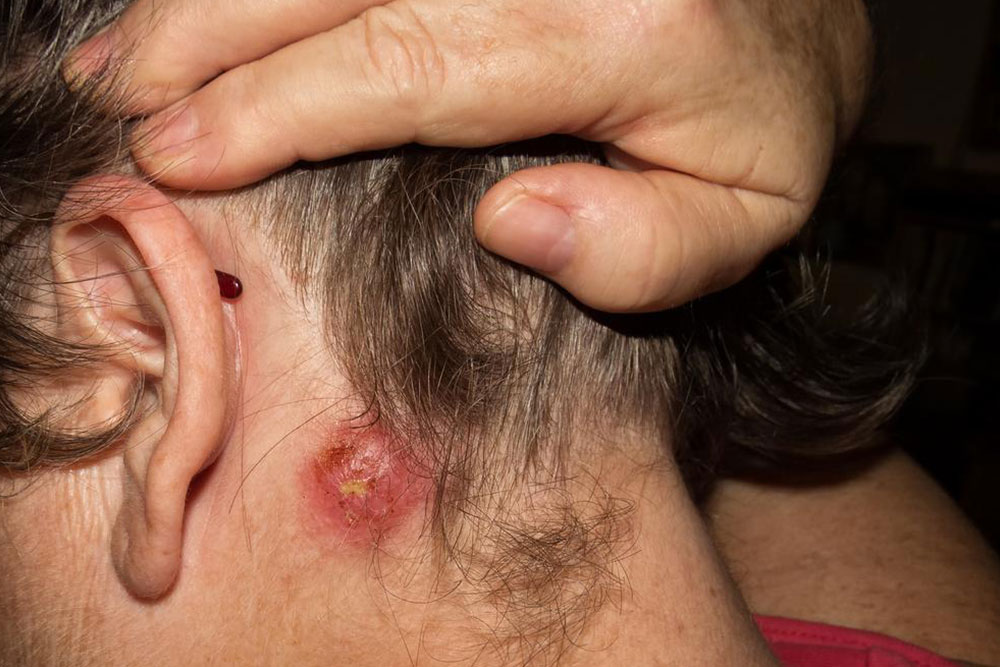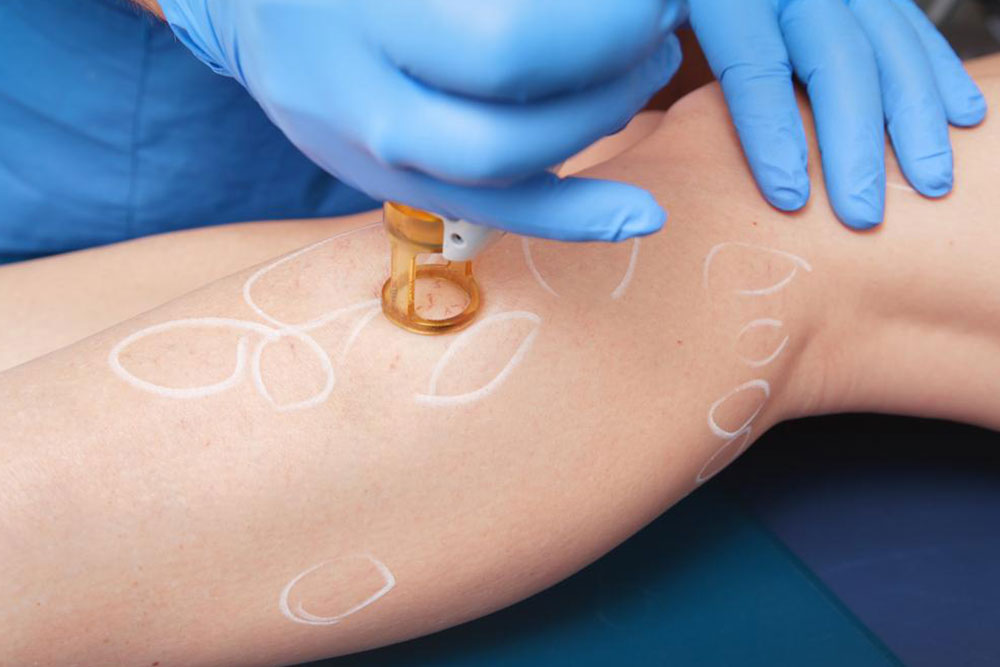Comprehensive Guide to Cellulitis: Causes, Symptoms, and Prevention Strategies
Cellulitis is a bacterial skin infection that can cause redness, swelling, and pain. This comprehensive guide covers its causes, symptoms, and prevention strategies. Early treatment with antibiotics is crucial to avoid serious complications like sepsis or gangrene. Proper wound care, hygiene, and prompt medical attention can significantly reduce risks associated with cellulitis. Whether you are at risk due to skin conditions or injuries, understanding how to prevent and recognize early signs of cellulitis is vital for maintaining skin health and avoiding severe health issues.

Comprehensive Guide to Cellulitis: Causes, Symptoms, and Prevention Strategies
Understanding Cellulitis: An In-Depth Overview
Cellulitis is a common, yet potentially serious bacterial skin infection that affects the deeper layers of the skin and underlying tissues. It manifests as tender, red, and swollen patches that typically appear on the legs but can also emerge on other parts of the body such as the arms, face, or neck. As an infection that can escalate rapidly, timely detection and treatment are essential to prevent severe complications. Recognizing the signs early and understanding its causes can significantly improve outcomes and reduce risks associated with this condition.
Cellulitis is primarily caused by bacteria entering through breaks in the skin, leading to an inflammatory response. The most frequent pathogens involved are strains of bacteria such as Staphylococcus aureus and Streptococcus pyogenes. When these bacteria invade the skin, they trigger redness, swelling, pain, and warmth around the infected area. Patients with certain pre-existing skin conditions or compromised immune systems are more susceptible to developing cellulitis, emphasizing the importance of preventive measures and prompt medical attention when symptoms appear.
Identifying the Causes and Risk Factors of Cellulitis
The spread of bacteria such as Staphylococcus aureus and Streptococcus pyogenes is the primary cause of cellulitis. These bacteria are common and can reside harmlessly on the skin but become problematic when they breach the skin barrier.
Skin breaches like cuts, abrasions, insect bites, surgical wounds, or even blisters create pathways for bacteria to infiltrate deeper tissues, setting the stage for infection.
Factors that increase the risk of developing cellulitis include weakened immune defenses, chronic skin conditions such as eczema, psoriasis, athlete’s foot, and skin dryness or cracking. Other predisposing factors include diabetes, obesity, lymphedema, venous insufficiency, and behaviors like intravenous drug use.
External factors such as poor hygiene, recent trauma, or exposure to dirty environments also contribute to bacterial entry and subsequent infection.
Recognizing the Symptoms of Cellulitis
Initial signs often involve a painful, red, and swollen patch of skin that may feel warm to the touch. The affected area can look glossy or tight as swelling progresses.
In some cases, small abscesses or blisters may form at the site of infection. Patients often experience tenderness, and the redness tends to spread gradually if not treated promptly.
Additional symptoms include mild to moderate fever, chills, fatigue, and a general feeling of illness. As the infection worsens, red streaks—known as lymphangitis—may develop extending from the infected area toward the lymph nodes, indicating spreading infection.
Signs of severe cellulitis consist of increased pain, high fever, dizziness, muscle aches, sweating, and in extreme cases, signs of systemic infection such as confusion or difficulty breathing. Immediate medical care is essential at this stage.
Potential Complications of Untreated Cellulitis
If not treated adequately, cellulitis can become life-threatening. The bacteria can enter the bloodstream, leading to bacteremia or sepsis, which can affect multiple organs.
Deep tissue infections, abscess formation, gangrene, and cellulitis spreading to nearby tissues are serious risks associated with delayed treatment.
Lymphangitis, or inflammation of the lymphatic vessels, can cause swelling and fever, further complicating recovery.
In individuals with compromised immune systems, the infection can escalate rapidly, resulting in severe health consequences.
Effective Treatment Options for Cellulitis
Standard treatment involves a course of antibiotics, typically lasting between 10 to 21 days, depending on the severity of the infection. Early intervention usually results in noticeable improvement within the first week.
Completing the full prescribed antibiotic course is critical to fully eradicate the bacteria and prevent recurrence or resistance.
Pain management, anti-inflammatory medications, and elevation of the affected limb can help reduce symptoms and accelerate healing.
Hospitalization may be necessary for severe cases, especially in cases involving systemic symptoms, deep-seated infections, or in immunocompromised patients. Intravenous antibiotics are often administered in such situations.
Supportive care also includes proper wound care, maintaining skin hygiene, and translating medical advice into effective disease management strategies.
Preventive Measures to Reduce the Risk of Cellulitis
Carefully clean and disinfect skin wounds daily using antibiotic ointments and cover them securely until fully healed to prevent bacterial invasion.
Promptly address skin conditions such as eczema, psoriasis, or athlete’s foot that can compromise skin integrity and facilitate bacterial entry.
Maintain good personal hygiene, especially in vulnerable areas, to minimize pathogen proliferation.
Keep the skin adequately moisturized to prevent cracking and dryness, which can be entry points for bacteria.
Use protective gear during outdoor activities or sports to prevent cuts, scrapes, and insect bites.
Seek medical consultation promptly for skin injuries, persistent skin infections, or any signs of inflammation to prevent escalation.
In conclusion, understanding the causes, recognizing the symptoms early, and adhering to preventive measures can greatly reduce the risk of developing cellulitis. Timely medical intervention not only alleviates symptoms but also prevents life-threatening complications, ensuring better health outcomes. Maintaining good hygiene, adequately caring for skin injuries, and seeking professional help when needed are essential steps toward preventing this potentially serious skin infection.





